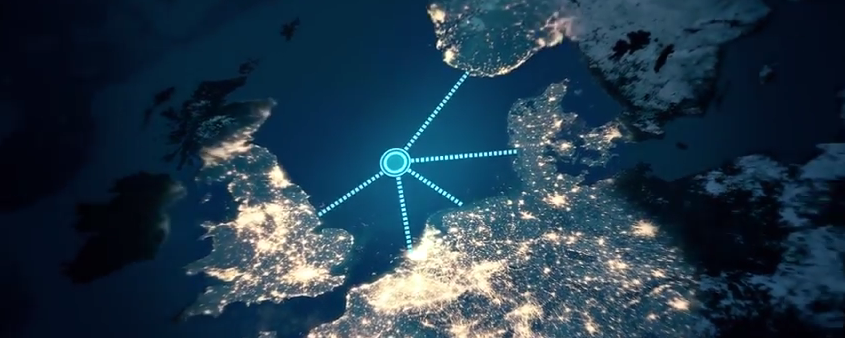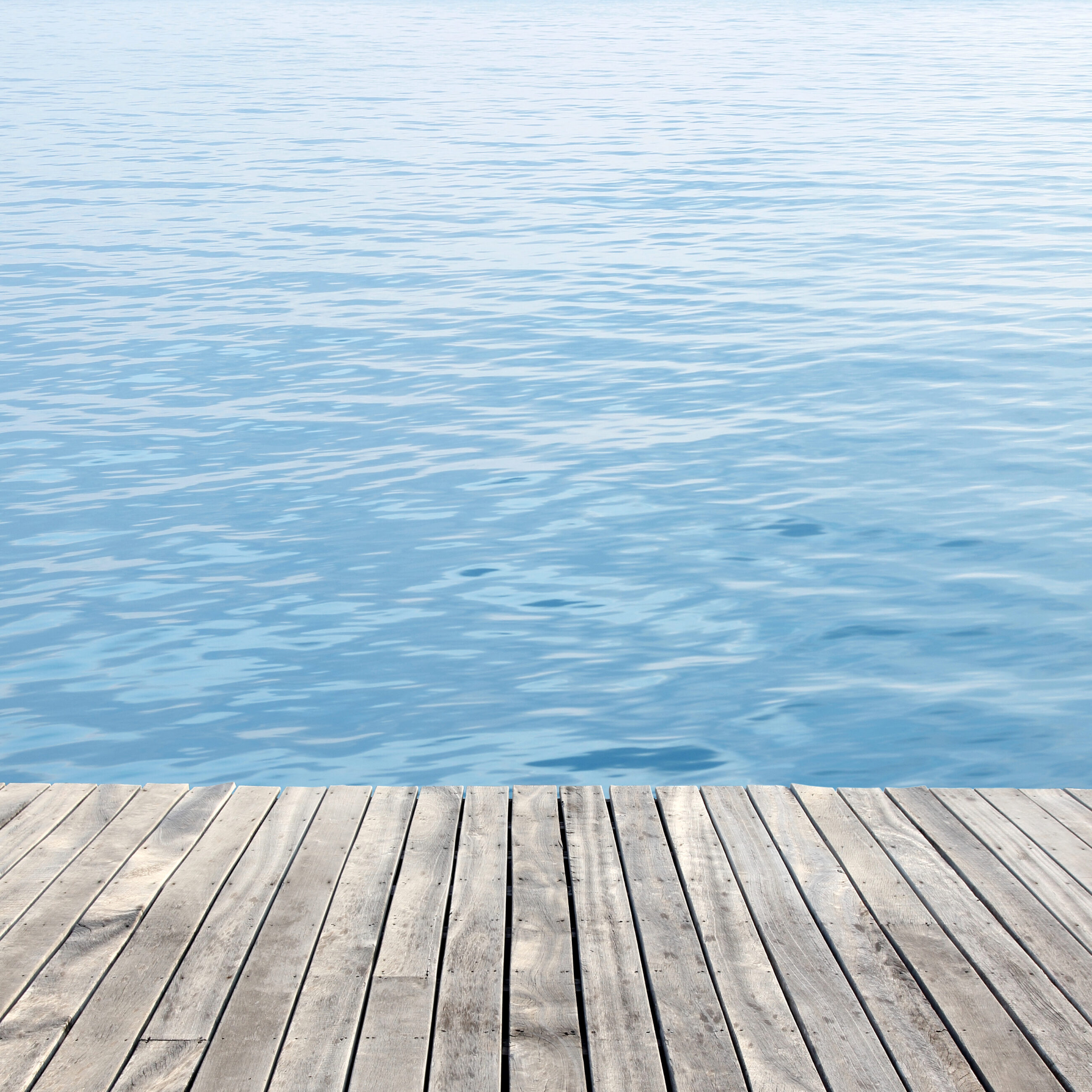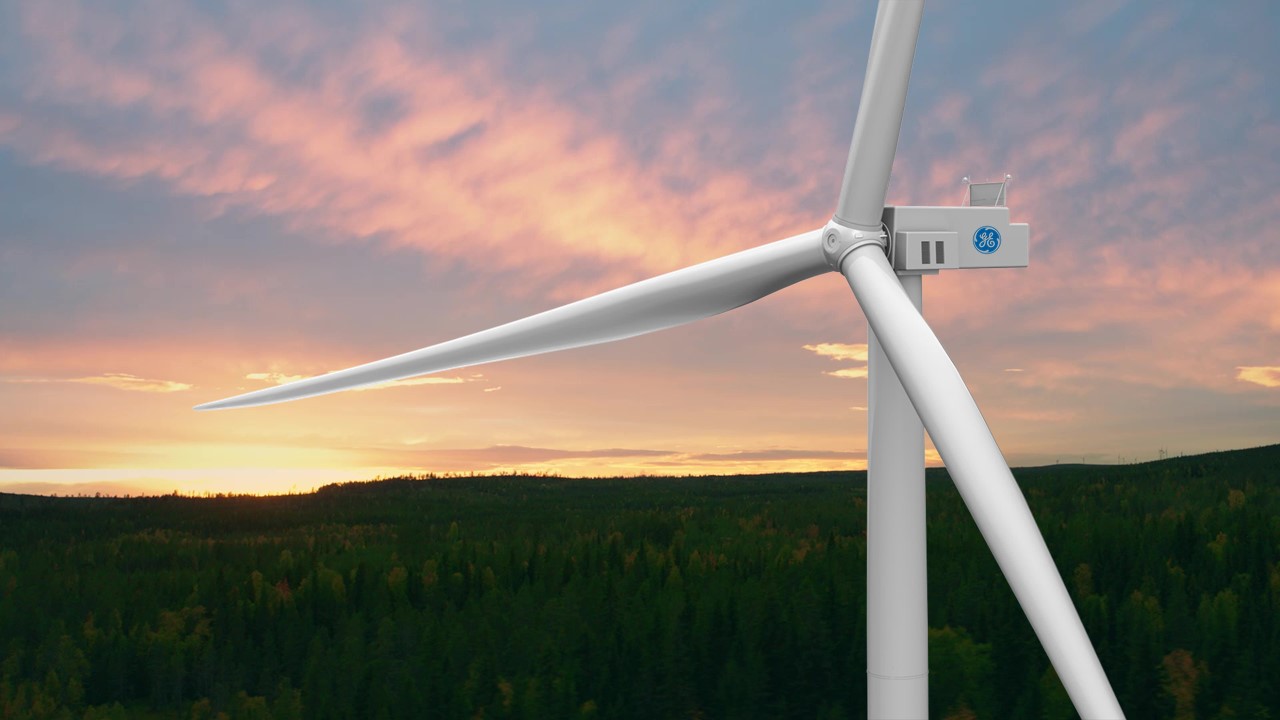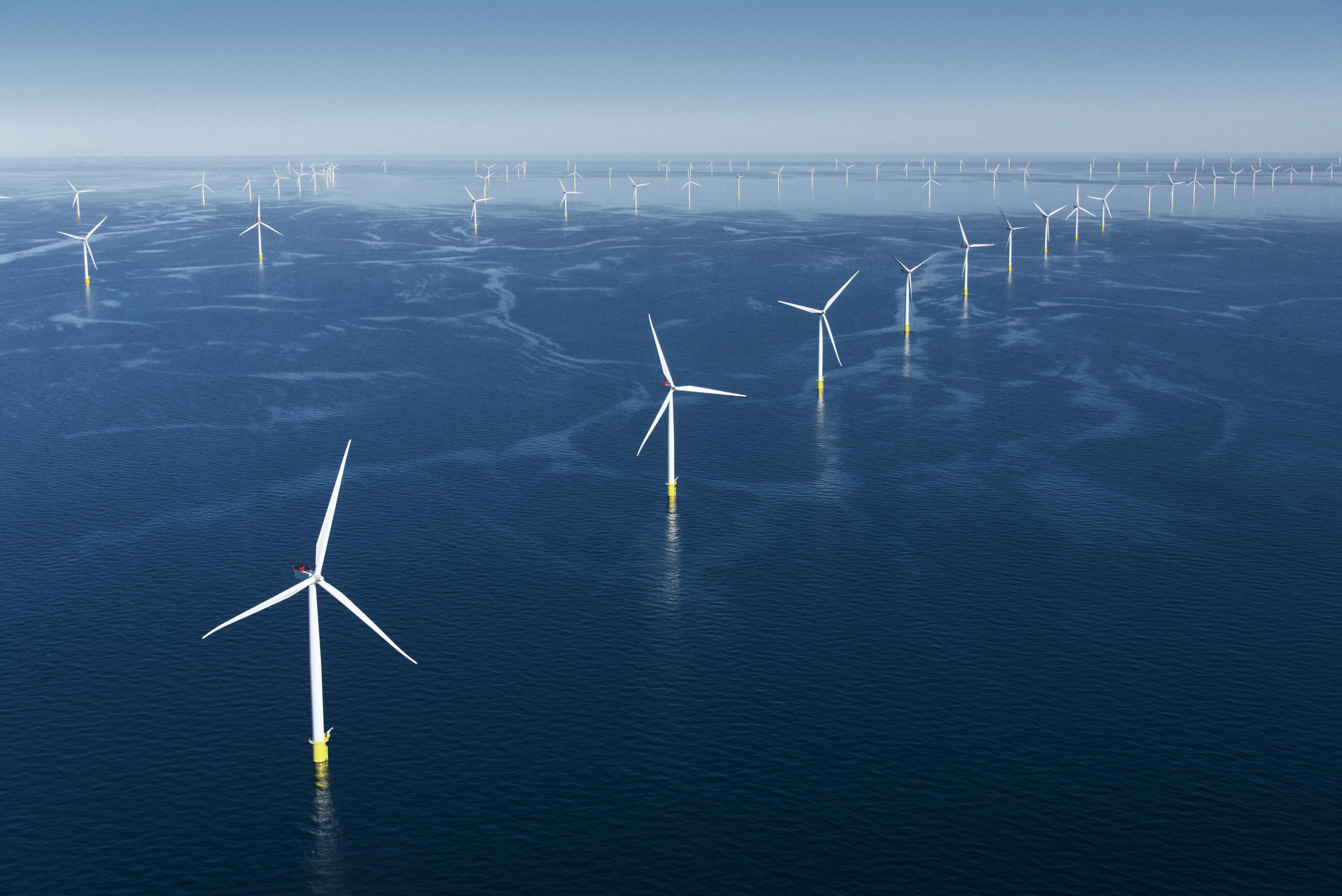News
Offshore wind
Wind energy
New Project to Enable Artificial Energy Island


The vision of an artificial North Sea energy island capable of supplying neighboring countries with renewable power has existed for long time. Now a new project titled North Sea Energy will explore what can be done to make the island a reality, writes EnergyWatch.eu.
The project is led by the Center for Electricity and Energy and a unit of the Technical University of Denmark (DTU), Elektro, with the participation of the Confederation of Danish Industry and the country's transmission system operator, Energinet. Other participants include Vestas, Siemens Gamesa, ABB, NKT, Siemens, Ørsted and Energy Innovation Cluster. The next 18 months will be spent figuring out which areas of research and technological development are necessary to secure the vision's realisation.
"This concept would enable renewable energy supply to most of Northern Europe. At the same time, there is an opportunity for a new North Sea commercial boom replacing oil, for which the robust Danish energy industry can play a central role. It is important that we begin as soon as possible in mapping out which technological challenges need to be overcome for these new energy solutions to be implemented," said DTU Professor and Departmental Head of Electrical Engineering Jacob Østergaard in a press statement.
-Related solution: The world’s largest offshore wind farm
The project has received EUR 290,000 (DKK 2.2 million) in support from the country's Energy Technology Development and Demonstration Program (EUDP).
"We at EUDP are pleased to provide support to North Sea Energy Hub, where long-term Danish commercial interests are managed along with the associated need for more innovative technological solutions. This is in line with EUDP's strategy," said EUDP Chair Thea Larsen.
The artificial energy island vision came to public attention in March 2017. Here, TSO TenneT's Dutch and German units signed a Memorandum of Understanding with Energinet regarding a partnership for exploring the island's potential. It was said during the presentation that offshore wind turbines with a combined capacity of up to 30 GW could be installed around the island.
Up to 180 GW
The island would function as a connection hub for thousands of wind turbines. DTU's statement explains that this would provide numerous advantages. For instance, the machines could be installed far from the mainland coast and near the island, which could also be used to establish connections to nearby countries, enabling seamless energy flows.
"The idea is that the construction would be modular, so it would be possible to expand with more islands over time and utilise the total wind potential of up to 180 GW," DTU writes.
-Related solution: European Transmission System Operators to develop North Sea Wind Power Hub
According to the statement, the project will look into, among other things, development of technical solutions for power transmission and energy storage.
"Offshore wind has become so cheap that it is among the most competitive forms of energy for Europe's climate change mitigation efforts. According to the EU Commission, 400 GW of offshore wind must be installed before 2050, and the North Sea is thereby considered one the most important pillars of Europe's energy supply... However, it will require new technical breakthroughs, particularly relating to transmission, and this project is an important step on the way," commented Ørsted Vice President Ulrik Stridbæk in the statement.
Beyond current state-of-the-art
Elaborating on the project objective Associate Professor Spyros Chatzivasileiadis at DTU Center for Electric Power & Energy writes in e-mail to State of Green:
"The task of the “North Sea Wind Power Hub” consortium is to carry out a techno-economic analysis and determine if building a hub (e.g. an artificial island) in the North Sea and integrating a large number of wind turbines (organized in wind farms) is more economical than each country building individual wind farms and connecting them to the shore. Their studies investigate different option and indicate that indeed this looks like a promising solution.
In order to make this North Sea Hub a reality though, we will need to push science and technology beyond the current state-of-the-art. We need to develop technological solutions that do not yet exist. That is exactly the focus of our project.
In the next 1-2 years, our goal is to determine what are the technology gaps we need to address in order to make this North Sea Hub a reality at the lowest economical cost. Our work will identify what are the needs for technological innovations and how the Danish industry can provide these innovations. Our main goal is to maintain the leading position of the Danish industry in the field of renewable energy and develop a strong research and development program focusing on innovation for the years to come.
In that sense, we will investigate the required innovation in a range of possible solutions, which will also include energy storage and the combination of different energy carriers (e.g. power to hydrogen). This is the reason that we prefer to call the “hub” as “North Sea Energy Hub”."
Sources
DTU (in Danish)















